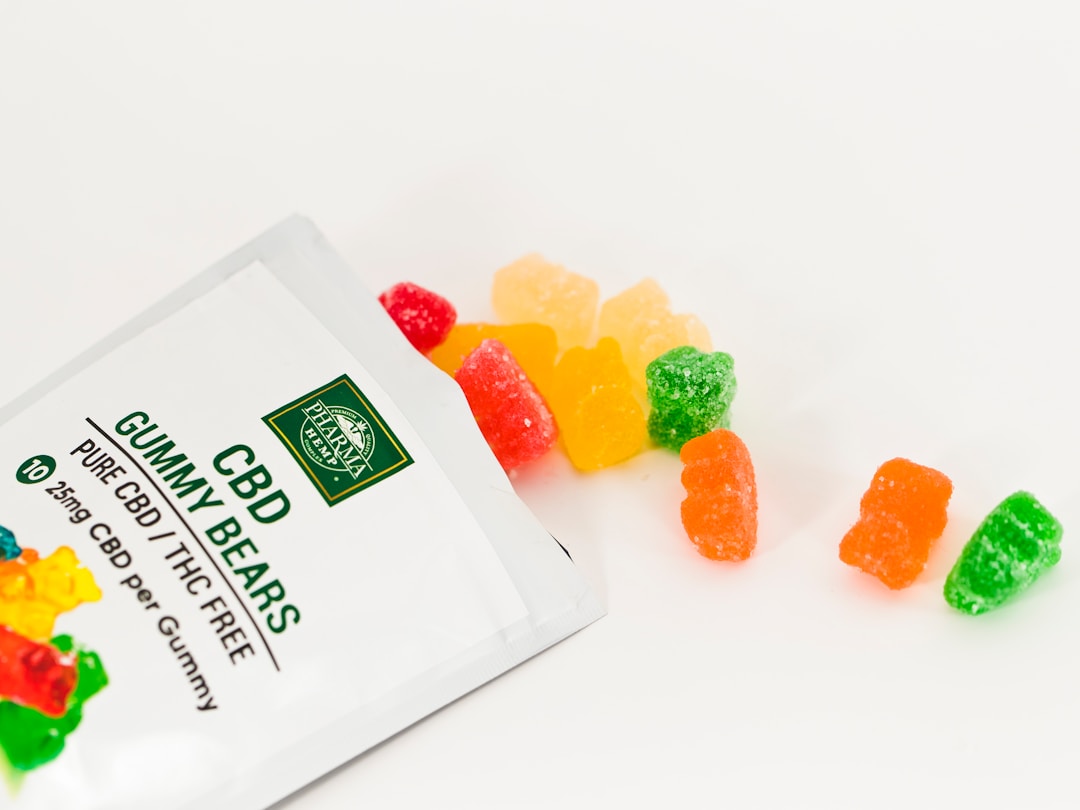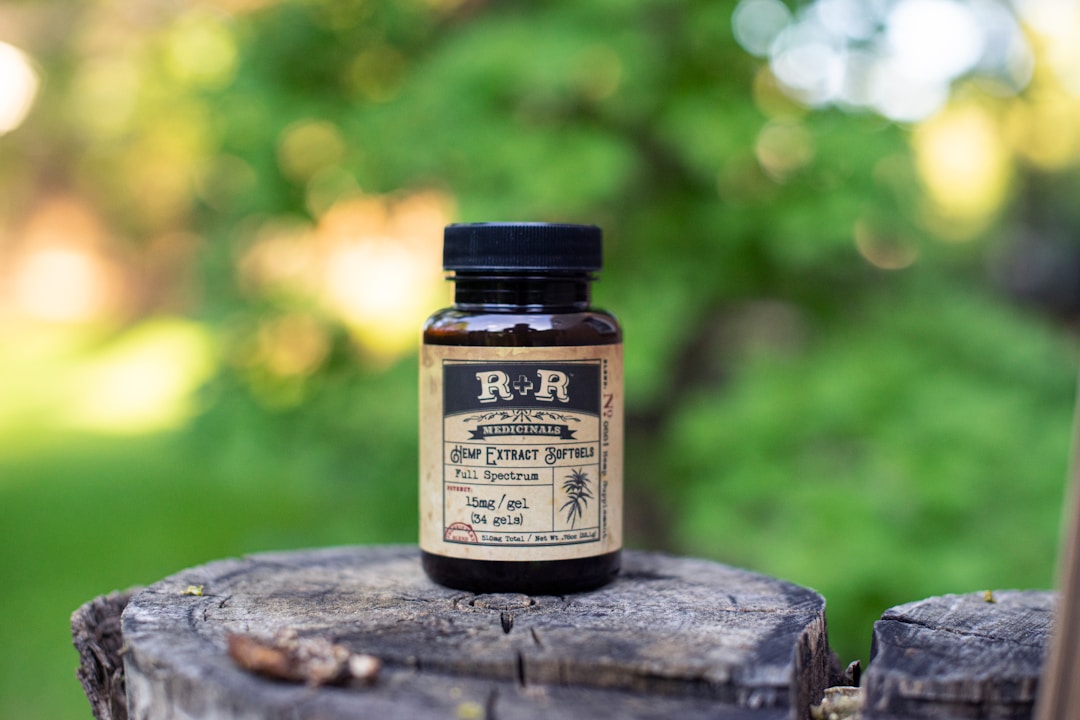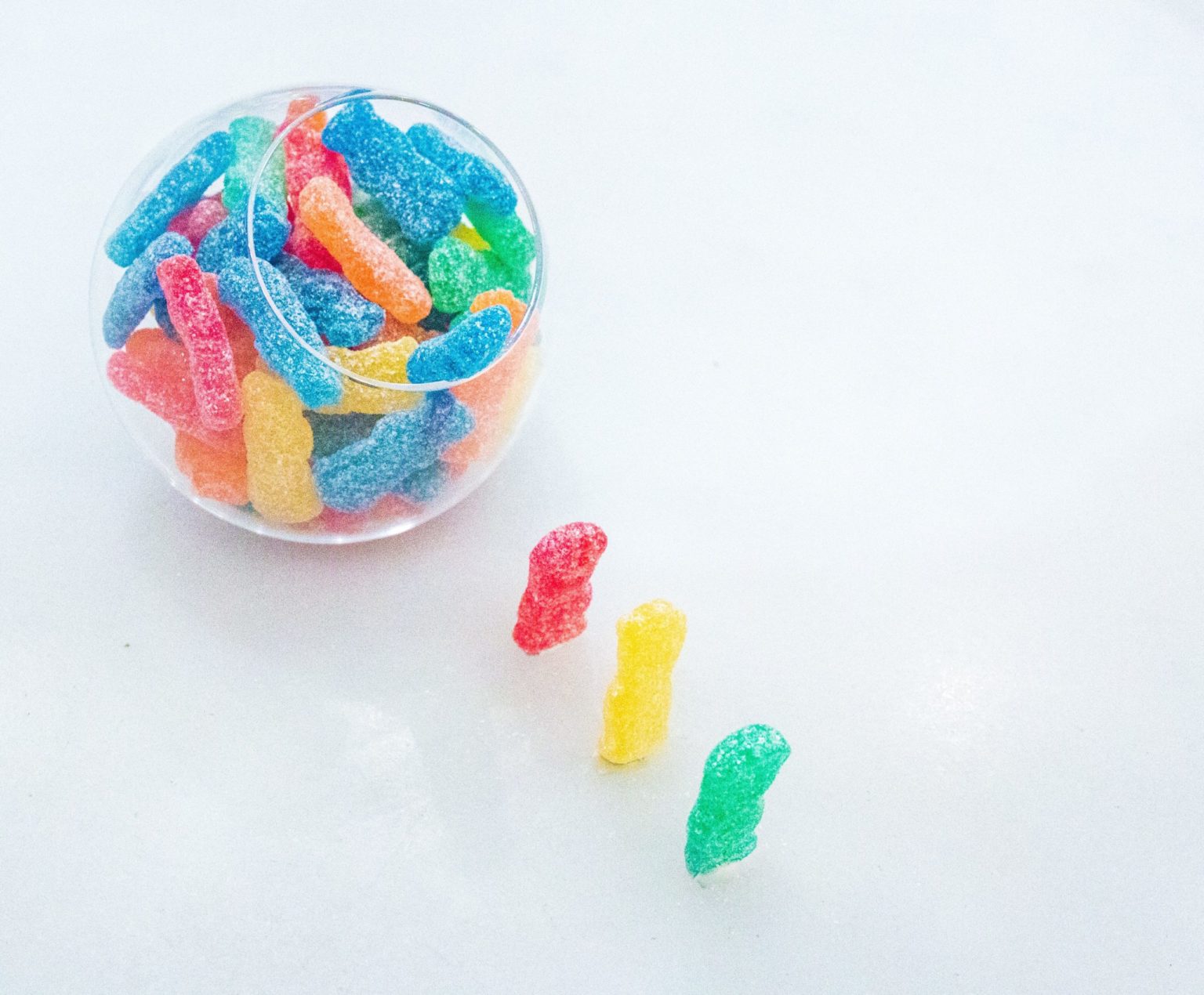Cannabidiol (CBD) and cannabinol (CBN) are just two of the over 100 cannabinoids that make up the cannabis plant. These cannabinoids have various effects and varying potencies within cannabis. For example, tetrahydrocannabinol (THC) is the cannabinoid responsible for producing the “high” effect that marijuana is most well-known for causing.
However, CBD and CBN differ from THC in that neither are psychoactive, meaning that they don’t cause users to feel “high.” Since the legalization of hemp farming in 2018 due to the Farm Bill, and as more states legalize the use of recreational marijuana, CBD, CBN, and THC products are flooding the consumer market. However, CBD and CBN products are more readily available as they don’t contain THC. For instance, CBD gummies and CBN gummies. Both of these products share similar effects. Although these two cannabinoids share some similarities, they differ in several ways.
In this article, we’ll discuss the key differences between CBD and CBN gummies, including CBD CBN gummies that are produced with both cannabinoids. Keep in mind that the Food and Drug Administration (FDA) does not approve of cannabis products to treat, prevent, or cure any disease or medical condition. Not to mention, you should always consult your doctor before starting any new supplement.
CBD and CBN gummies are produced differently.

One significant way that CBN differs from CBD is how it’s produced. CBN is actually a byproduct of THC. CBN forms as THC oxidizes. That means that when THC is exposed to heat and light, it oxidizes or breaks down into CBN. As a result, CBN is only feasibly attained from the marijuana cannabis plant. In addition, since CBN is produced through the oxidation process instead of plant genetics, you can’t find a high-CBN cannabis strain. Therefore, the only way to extract this cannabinoid is to allow THC from marijuana to oxidize.
On the other hand, manufacturers can source CBD from both cannabis plants, including hemp or marijuana. Although, CBD is most often sourced from hemp due to hemp’s low THC count. CBD is also always an active cannabinoid in any cannabis plant, whereas CBN only forms once the THC oxidizes. Therefore, many manufacturers will use high-CBD hemp strains to produce their products. In addition, due to CBD being more easily attainable, it’s much easier and faster to make CBD gummies. That means CBD gummies are easier to find for consumers than CBN gummies.
CBD and CBN have similar uses but react differently when combined.

Studies have shown that both CBD and CBN can potentially provide benefits regarding occasional sleeplessness and discomfort. However, CBD has demonstrated more uses beyond these two factors. Not to mention, much more research is needed to determine the potential benefits of CBN by itself. Since CBN is more difficult to produce, not many studies have been conducted on this cannabinoid.
However, one factor of CBD and CBN that has been studied is what’s known as the “entourage effect.” The entourage effect is an effect that makes CBD and CBN more potent when consumed together. This effect has made CBD/CBN gummy hybrids much more popular among the cannabis community. In addition, many users have reported that the more well-known effects of CBD, such as assisting with sleeplessness, discomfort, and an overly active mind, are increased when combined with CBN due to the entourage effect.
CBD, CBN, and hybrid gummies are taking over the market.
CBD, CBN, and hybrid gummies are becoming the most popular cannabis products available today. With the various potential benefits these products provide, more and more consumers are trying them out and incorporating them into their daily regimens. Though CBD and CBN are quite different cannabinoids, they produce much more effective results when combined.






